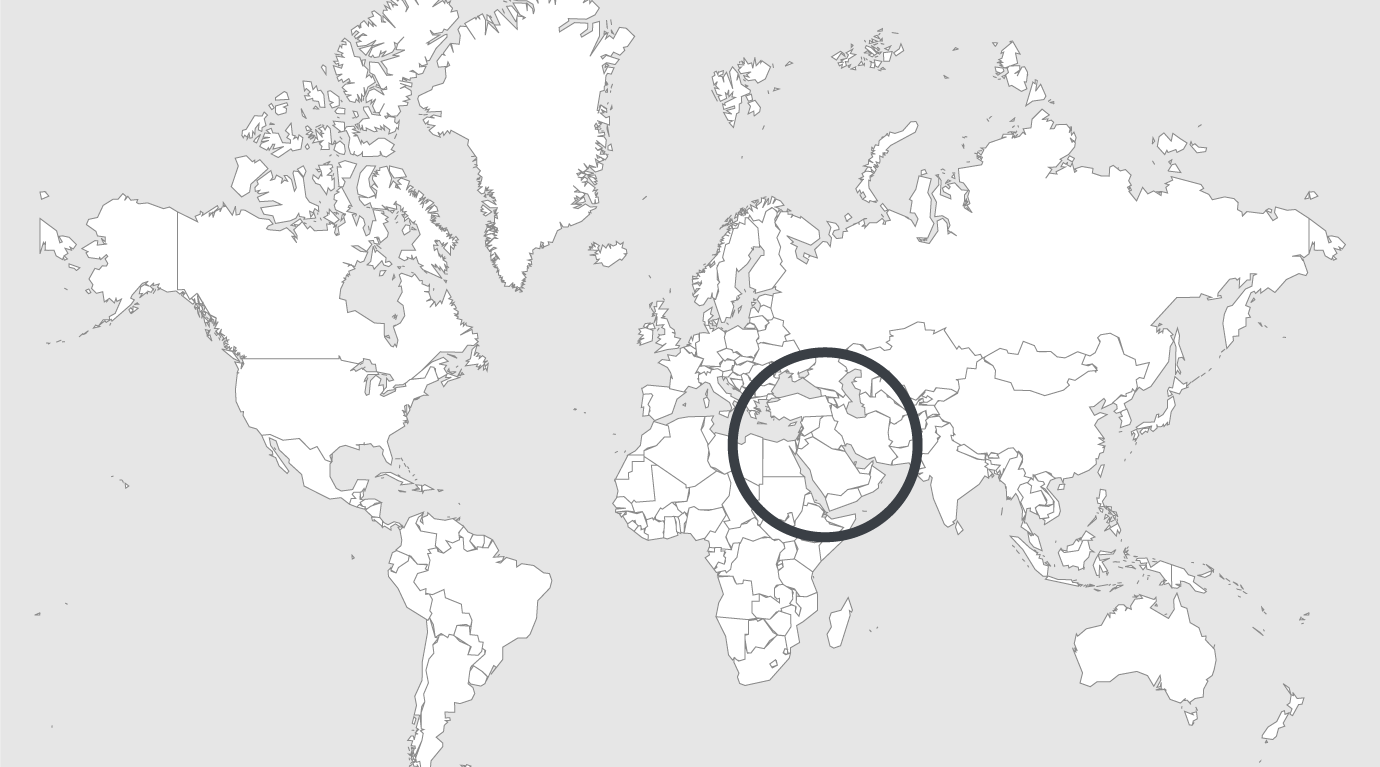
Explore
Syria: the greater jail, the politics of prison
In a talk co-organized by the assassinated activist Lokman Slim, former Syrian political prisoner Yassin al-Haj Saleh argues that “the politics of prison” are central to understanding the “politicide” of the Syrian people at the Assad regime’s hands.
The prison is a fundamental political institution, the function of which is to de-politicize the population; indeed to politicide them. The concept of politicide was introduced in political science in the 1980s to conceptualize murdering people en masse for their political affiliations, rather than for the national, ethnic, racial,or religious identities mentioned in the Genocide Convention adopted by the UN in 1948. However, I apply the concept to the murder of people politically, with or without also murdering them physically. Throughout the 1980s in Syria, both forms of politicide were practiced: the leftists were killed politically, while the Islamists were killed both politically and as a political community.
Yet to say this is to risk masking the fact that all Syrians at large were also subjected to politicide. There was scarcely a single Syrian who did not experience the regime’s security apparatus in some form; whether they were summoned to one of the sprawling archipelago of security branches, or underwent a “security study” while at university, or when applying for a job, or a passport.
The (in)famous “wall of fear” is internalized fear, taking the form of a solid barrier that separates people, at times even within the same family.
Yet prison is only one component of an all-encompassing complex: torture, rape, massacres, and disappearances are other methods of politicide practiced—always with full impunity for the perpetrators.
The word “jail” itself can be misleading in the Syrian context. One might differentiate between outer jails and inner jails, in parallel with the differentiation between outer and inner states. (The former is primarily the government, which lacks real power, while the latter is a political-financial-security complex representing the true seat of power.)
The outer jails are those in which inmates’ relatives know their whereabouts, and may even visit them regularly. In these jails, physical punishment is rare. The inmates of inner jails, by contrast, are fully separated from the outside world; their whereabouts unknown to their families, who don’t even know if they are dead or alive. In these jails, the hungry and hopeless inmates are tortured at random. They are not jails at all, in fact, but torture and extermination camps.
They were the habitat of most Islamists. In the years of Assad père, the inner prison/camp was Tadmor, while in his son’s era it has been Saydnaya. Muslimiyah and Adra are outer jails. Elsewhere, people are also incarcerated in the security branches for periods of weeks, months, or even years. The veteran communist Riad al-Turk spent seventeen and a half years in one such place. After the uprising in 2011, these too became killing fields.
Indeed, after 2011, the inner jail system became the norm. Now, detainees may be ordinary people, neither affiliates nor sympathizers of political parties. The terrible story of Omar Alshogre deserves to be seen and heard by everybody (there are plenty of videos about him on YouTube). This teenager from the village of al-Bayda in Tartous governorate—which was the site of a large massacre in May 2013, when some 250 civilians were butchered by pro-regime militants—was arrested no fewer than seven times. His final detention was in the notorious Saydnaya prison, where he spent three years. He was only released after his mother paid 20,000 US dollars to a security officer. His father, two of his brothers, and many of his cousins were all killed in massacres, or under torture in prison. Today he is still just 25, in his first year at Georgetown University in Washington, D.C.
For the benefit of those who know little about Syrian politics in the Baathist era, one might mention in passing another politicidal institution in the country, represented by the so-called National Progressive Front that was established in 1972, ostensibly as an umbrella for political participation. In effect, this golden jail was merely a parallel form of political death, added to the archipelago of detention centers.
The difference was that this apparatus was for those who showed readiness to commit self-extermination. I mention this worthless institution only to say that Syria at large was a giant prison even before the uprising in 2011, and all the more so thereafter. Nobody lived outside of this jail, including the regime loyalists.
This metaphor of the giant prison, or greater jail, was seemingly introduced after so many people were released from prisons. It implies a widespread experience in smaller jails; the many prisons in which Syrians from various backgrounds spent years. It means also that prisoners were in fact never released; the release of political prisoners was merely a transition from one cell to another, albeit a far larger one. The regime itself was keen to depict it this way, by talking about a “presidential amnesty” every time someone was let go. You are not out of jail because this is your right, but because the merciful fatherly president has deigned to pardon you.
